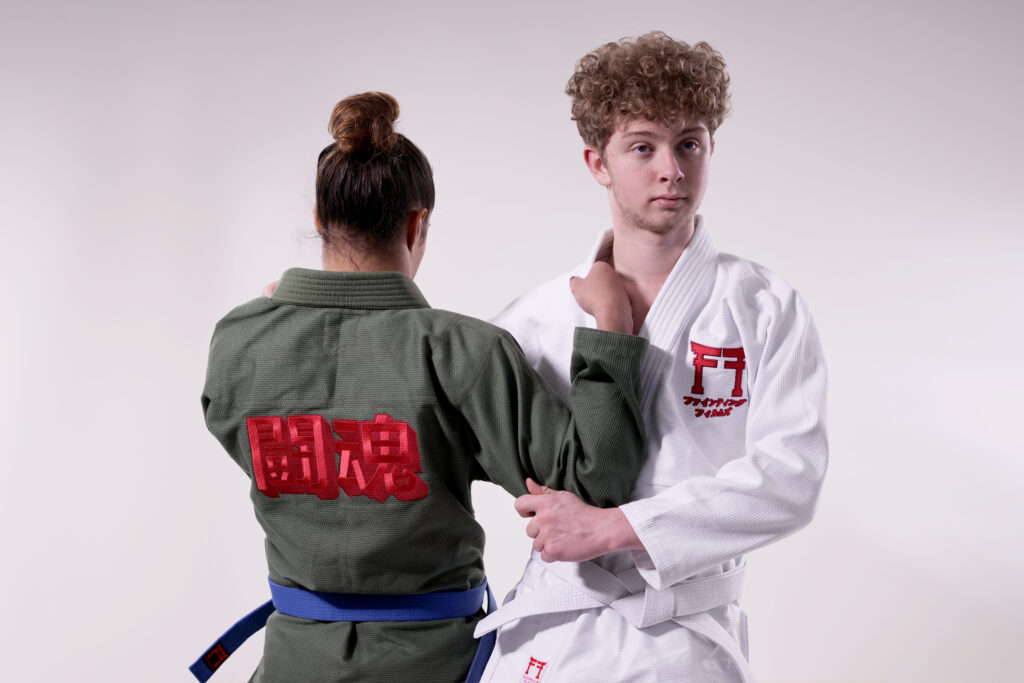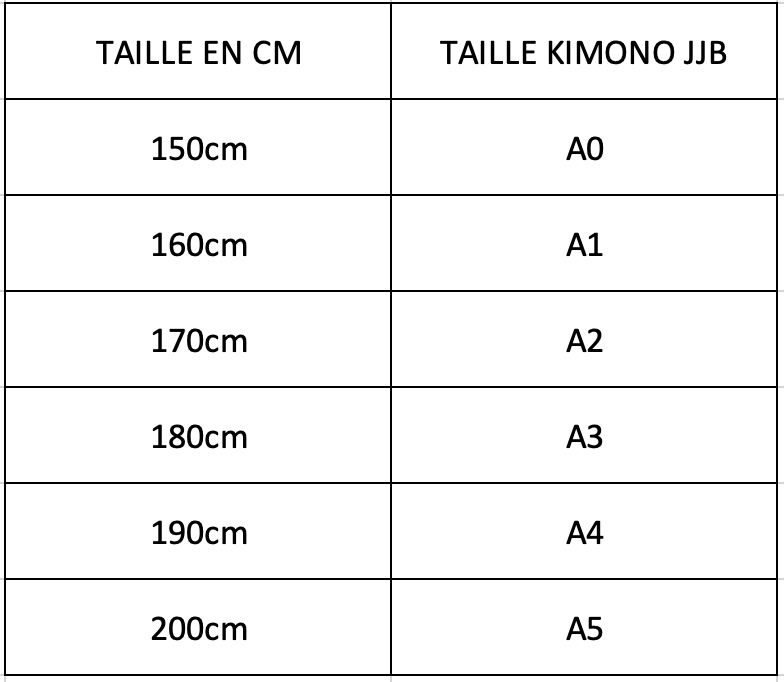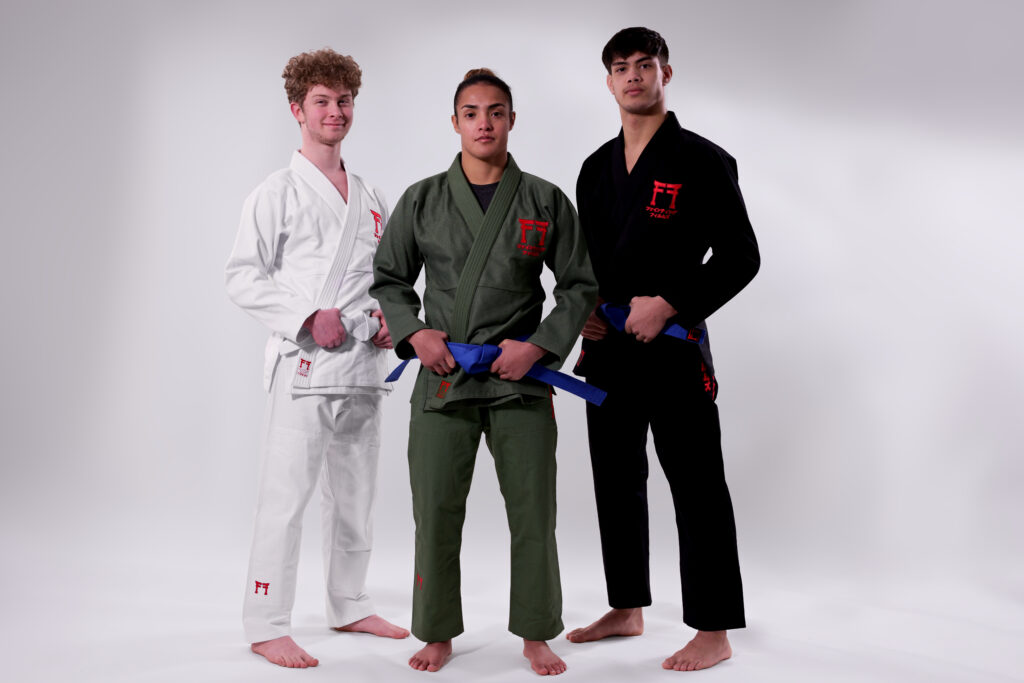Brazilian Jiu-Jitsu is a sport that has been developing rapidly in recent years. This martial art is derived from the techniques of judo and ju-jitsu, a Japanese martial art that combines the defensive techniques used by samurai to defend themselves. Wearing JJB kimonos is essential in this martial art.
The aim of this sport, founded by Helio Gracie is to prove that a person can defend himself against a much more physically imposing opponent. JJB takes place mostly on the ground and is a mixture of submission work.
Strongly inspired by judo, fighters have similar equipment, wearing JJB kimonos and a belt. But this equipment has its own special features, which we’re about to discover.
Characteristics of JJB kimonos
A slim fit and light weighting
As jjb is a sport practiced almost exclusively on the ground, the kimono requirements are different from those of a judo kimono.
The jjb kimono is much more slim-fitting, very close to the body. This makes it difficult to grab your opponent by the kimono. Some jjb competitions are even held without a kimono, known as“no-gi” competitions.
Slim-fitting kimonos are ideal for performance. The sleeves are also closer to the body, making it harder to grip the kimono.
Moreover, the weight of jjb kimonos is different from that of judogis. judogis are often quite heavy, with standards for international competitions ranging from 650 to 750 g/m². For jjb, kimonos are lighter, averaging between 350 and 650 g/m².

Freely designed kimonos
Unlike judogis, which are highly codified in terms of design, jjb kimonos have more freedom. For international competitions, three kimono colors are authorized: Black, White and Blue. But outside international competitions, it’s not uncommon to see gi in a different color, such as khaki green.
In addition to freedom of color, there’s more freedom of design. Jujitsukas can personalize their gis with patches, designs and embroidery on a large part of their jjb kimono.
As Brazilian jiu-jitsu is largely a ground-based sport, the kimonos are reinforced in specific places for the comfort of the jujitsukas.
The most reinforced part of the gi is the knees, which have a more resistant lining to prevent burns or knee pain from repeated movements on the ground.

A special sizing system
Last but not least, discover jjb’s unique kimono sizing system. It differs from the traditional sizing system we use in judo, with sizes in cm.
Here’s a chart to help you understand the size equivalence of JJB kimonos:

Fighting Films’ JJB kimonos
Discover our first Fighting Films Brazilian jiu-jitsu kimono. Designed by specialists for specialists! This uniquely designed, slim-fitting jjb kimono is ideal for all jujitsukas!

Brazilian jiu-jitsu kimono
Fighting Films launches its first Brazilian jiu-jitsu gi !
The most Japanese of Brazilian jiu-jitsu kimonos is finally here! Discover our Yokai kimono, inspired by the names of creatures from Japanese folklore and designed to meet the expectations of jujitsukas. Its unique design and super-strong Ripstop pants are made for jiu-jitsu.
KIMONO TO IBJJF STANDARDS
The kimono is available in three colors and is unisex.
Sizing guide:
A1= 160cm
A2=170cm
A3=180cm
A4=190cm
A5=200cm


